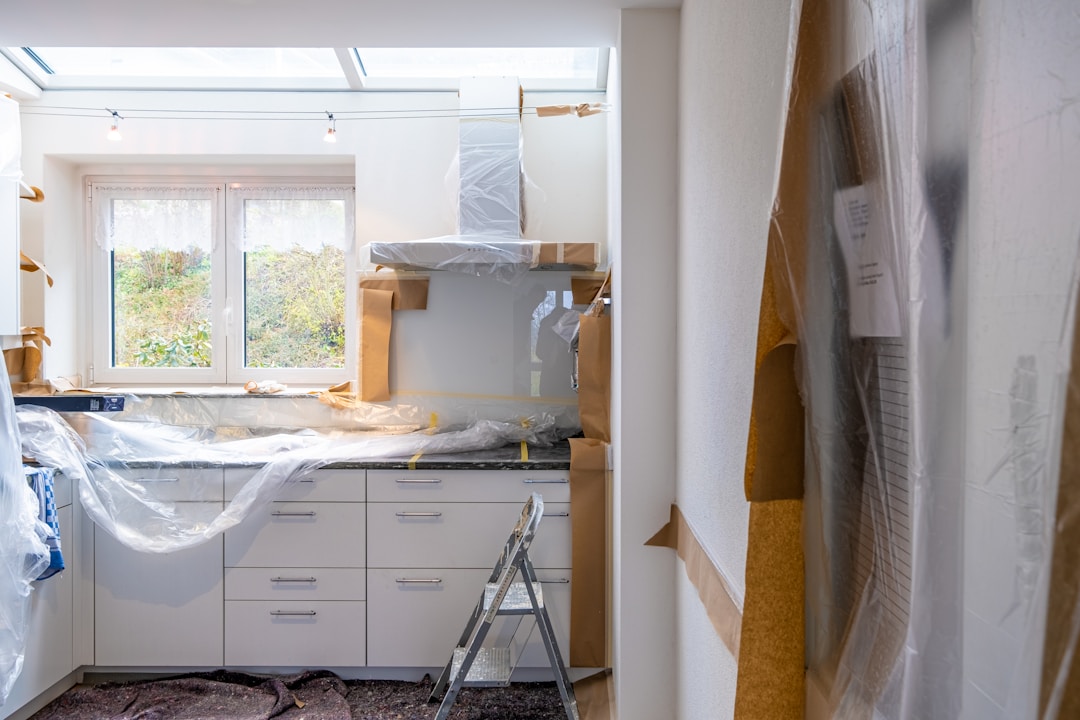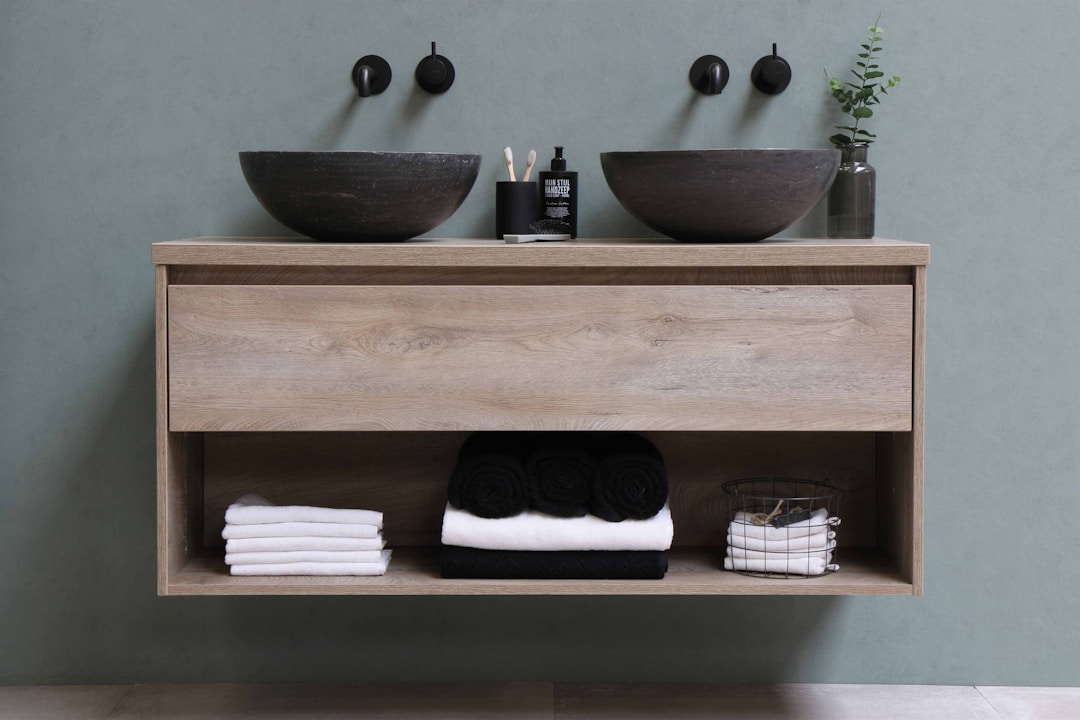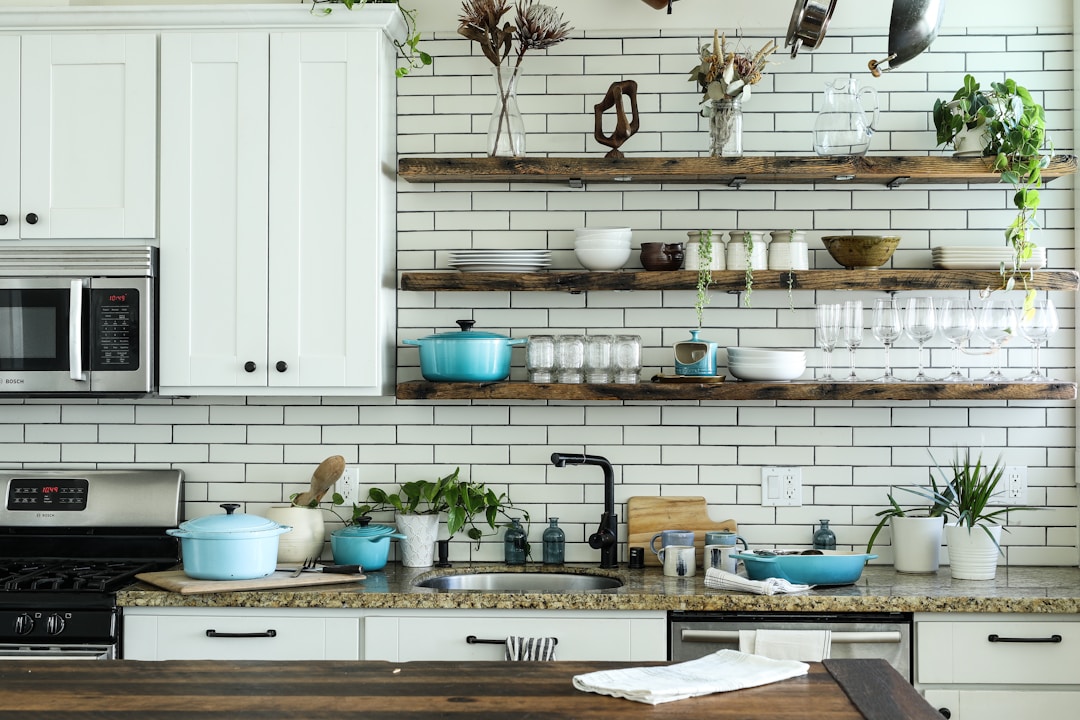Determine what you need
When looking for a home insurance quote, it is important to first determine what you need. Some factors to consider include the value of your home, the contents of your home, and whether you need liability coverage.
Once you know what you need, you can start shopping around for the best price. Be sure to compare quotes from several different companies, and ask about any discounts that may be available.
When choosing a home insurance company, it is important to make sure that they are reputable and have a good track record. You should also read the terms and conditions of the policy to make sure that you are fully aware of what is covered and what is not.
Finally, be sure to keep your policy up to date, and notify your insurance company of any changes to your home or contents. This will help ensure that you are always fully protected.
Determine what type of coverage you need.
There are several factors to consider when shopping for a home insurance quote. The most important factor is to determine what type of coverage you need.
Coverage for your home and belongings should be tailored to your specific needs. Here are a few things to keep in mind when deciding on coverage:
-The amount of coverage you need should be based on the current market value of your home and belongings, not on the amount of your mortgage.
-Your home is not just your biggest investment, it’s also your biggest liability. Make sure you have enough coverage to rebuild your home if it’s damaged or destroyed.
-Your belongings are not just valuable, they’re also irreplaceable. Make sure you have enough coverage to replace everything you own if it’s damaged or destroyed.
-Consider adding liability coverage to your policy. It can help protect you if someone is injured on your property or if you’re sued.
-Make sure you review your policy regularly and update your coverage as your needs change.
Shopping for a home insurance quote can seem overwhelming, but it’s important to have the right coverage in place to protect your home and belongings. By considering the factors listed above, you can ensure you get the right policy for your needs.
Ask for quotes
When shopping for a home insurance quote, it is important to ask for quotes from multiple providers. This will help you to find the best coverage at the best price. Here are a few tips to help you get the most from your home insurance quote:
1. Make a list of your needs and wants
When you are shopping for insurance, it is important to know what you need and want. Make a list of both, and be sure to include the amount of coverage you need.
2. Compare rates
It is important to compare rates from multiple providers. This will help you to find the best coverage at the best price.
3. Ask about discounts
Many providers offer discounts for things like having multiple policies or being a member of a certain organization. Ask about discounts and see if you qualify.
4. Read the policy carefully
It is important to read the policy carefully so that you know what is covered and what is not.
5. Ask questions
If you have questions about the policy, the provider, or anything else, be sure to ask. The more you know, the better informed you will be about your coverage.
Compare premiums and coverage.
When shopping for home insurance, it is important to compare premiums and coverage. Some things to keep in mind when comparing policies include the following:
-What is the deductible?
-What is the coverage amount?
-What is the policy limit?
-What is the replacement cost of the home?
-Is the home covered for water damage?
-Is the home covered for wind damage?
-Is the home covered for theft?
-Is the home covered for vandalism?
-Is the home covered for liability?
-Is the home covered for medical payments?
When comparing policies, be sure to ask questions and read the fine print. It is also important to shop around and compare rates.
Decide on a policy
It is important to decide on a policy that fits your needs before shopping for a home insurance quote. There are many different types of policies available, and each one has its own set of benefits and drawbacks. Here are a few things to keep in mind when choosing a policy:
-The first step is to determine how much coverage you need. Your policy should cover the cost of rebuilding your home if it is destroyed by a natural disaster or stolen. It should also cover your personal belongings, including furniture, appliances, and jewelry.
-You should also consider the deductible. The deductible is the amount you have to pay out of pocket before your insurance policy kicks in. A higher deductible means a lower premium, but you will have to pay more out of pocket if you have to file a claim.
-You should also look at the terms of the policy. Make sure that it covers both damages to the structure of your home and your belongings. It is also important to find out whether the policy includes liability coverage in case someone is injured on your property.
-Finally, be sure to compare rates between different insurers. Each company rates policies differently, so you may be able to find a policy that is cheaper than the one you currently have.
Compare policies and rates.
When shopping for a home insurance quote, it is important to compare policies and rates. Some factors to consider include the amount of coverage you need, the deductible, and the premiums.
It is important to have enough coverage to protect your home and belongings. The deductible is the amount you have to pay out of pocket before the insurance company pays the claim. The higher the deductible, the lower the premiums.
Be sure to compare the premiums and coverage amounts of different policies. Some policies may have a lower premium but less coverage. Others may have a higher premium but more coverage. You want to find the policy that best suits your needs.
When shopping for a home insurance quote, be sure to ask the agent about discounts. There are many discounts available, such as discounts for having multiple policies with the same company, being a member of certain organizations, or being a senior citizen.
Be sure to ask about any other discounts that may be available. Shopping for a home insurance quote can be confusing, but by asking the right questions and comparing policies, you can find the best policy for you.
home insurance quote
When shopping for a home insurance quote, it is important to keep in mind the different types of coverage that are available. There are four main types of home insurance coverage: property damage, personal liability, medical payments, and loss of use.
Property damage protects your home and its contents in the event of a covered loss. Personal liability protects you in the event that someone is injured on your property and you are held liable. Medical payments coverage pays for the medical expenses of anyone injured on your property, regardless of who is at fault. Loss of use coverage pays for the cost of temporary housing and living expenses if your home is damaged in a covered loss and you are unable to live in it.
When choosing a home insurance policy, it is important to make sure that you are covered for the amount of risk that you are taking on. If you have a high-value home, or if you live in a high-risk area, you will need to purchase a policy with a higher coverage limit.
It is also important to review your policy regularly and update your coverage as needed. If you make any major changes to your home, such as adding a pool or a trampoline, be sure to let your insurance company know.
When shopping for a home insurance quote, it is important to keep in mind the different types of coverage that are available. There are four main types of home insurance coverage: property damage, personal liability, medical payments, and loss of use.
Property damage protects your home and its contents in the event of a covered loss. Personal liability protects you in the event that someone is injured on your property and you are held liable. Medical payments coverage pays for the medical expenses of anyone injured on your property, regardless of who is at fault. Loss of use coverage pays for the cost of temporary housing and living expenses if your home is damaged in a covered loss and you are unable to live in it.
When choosing a home insurance policy, it is important to make sure that you are covered for the amount of risk that you are taking on. If you have a high-value home, or if you live in a high-risk area, you will need to purchase a policy with a higher coverage limit.
It is also important to review your policy regularly and update your coverage as needed. If you make any major changes to your home, such as adding a pool or a trampoline, be sure to let your insurance company know.





























